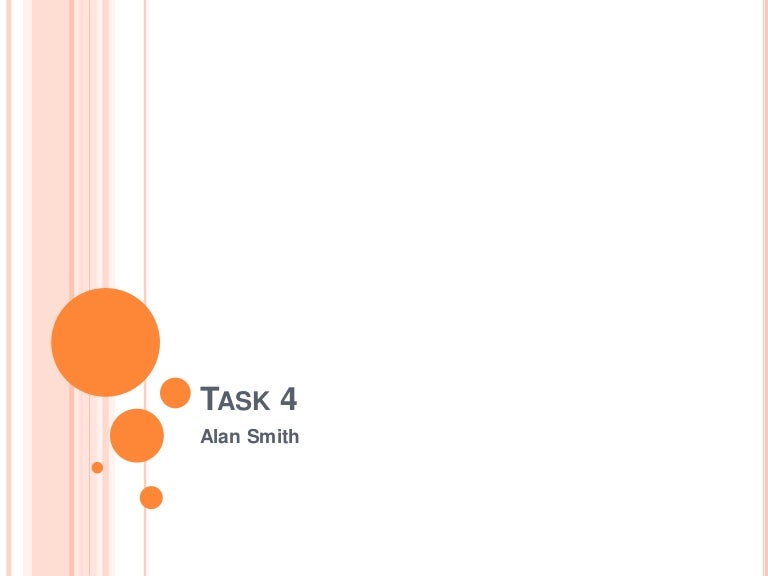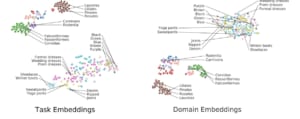
However, general companies do not have such abundant computational resources, and they have no choice but to select and relearn models that they think are good within their limited computational resources. Of course, if you have enough computational resources, you can relearn using all possible models and choose the one with the best accuracy among them. For example, ResNet, which solves the gradient vanishing problem of deep learning models, and MobileNet, which can run on CPU. What is the best-trained model for my data set? Here, we assume that the data to train the original learned model is fixed (such as ImageNet above). In general, the parameters of a model trained on 10 million images of 1000 classes called ImageNet (hereinafter referred to as "trained model") are reused, and only the part that actually performs prediction is replaced and relearned. Transfer learning makes it possible to achieve accuracy even with a limited amount of data by reusing the feature extraction part of a model that has been trained on a large amount of data. Transfer learning " is a very effective method to solve this problem.

In other words, a large amount of data is required to achieve accuracy in deep learning models. This means that a large amount of data is required to achieve accuracy in deep learning models. On the other hand, it is known that the mechanism for extracting these features is acquired by training on a large amount of data. One of the reasons why deep learning models have such good accuracy is that the models have acquired a mechanism to extract features that are very important for prediction. In particular, in the fields of image recognition, natural language processing, and speech recognition, deep learning models have achieved overwhelming accuracy over conventional methods. Subjects: Machine Learning (cs.LG) Computer Vision and Pattern Recognition (cs.CV) Machine Learning (stat.ML)Īs we all know, deep learning models have been used in various aspects of our daily life due to their very good prediction accuracy compared to conventional methods. (Submitted on ( v1 ), last revised (this version, v2))Ĭomments: Accepted to the International Conference on Machine Learning (ICML) 2020. Nguyen, Tal Hassner, Matthias Seeger, Cedric Archambeau LEEP: A New Measure to Evaluate Transferability of Learned Representations ✔️ The first metric that shows a high correlation with the accuracy of recently proposed Meta-Transfer Learning ✔️ Faster computation because we only need to make predictions once for data in the target domain using the learned model To the best available feature extractor, while costing substantially less thanĮxhaustively training and evaluating on all available feature extractors.✔️ Proposes LEEP, a metric that predicts with high accuracy which learned models should be used for transfer learning to produce accurate models Selecting a feature extractor with task embedding obtains a performance close That is capable of predicting which feature extractors will perform well. Present a simple meta-learning framework for learning a metric on embeddings

Meta-task of selecting a pre-trained feature extractor for a new task. Similar) We also demonstrate the practical value of this framework for the Visual tasks (e.g., tasks based on classifying different types of plants are

Match our intuition about semantic and taxonomic relations between different Weĭemonstrate that this embedding is capable of predicting task similarities that This provides a fixed-dimensionalĮmbedding of the task that is independent of details such as the number ofĬlasses and does not require any understanding of the class label semantics. Given a dataset with ground-truth labels and a lossįunction defined over those labels, we process images through a "probe network"Īnd compute an embedding based on estimates of the Fisher information matrixĪssociated with the probe network parameters.
#Task2vec pdf
Download a PDF of the paper titled Task2Vec: Task Embedding for Meta-Learning, by Alessandro Achille and 7 other authors Download PDF Abstract: We introduce a method to provide vectorial representations of visualĬlassification tasks which can be used to reason about the nature of those


 0 kommentar(er)
0 kommentar(er)
